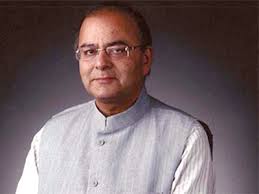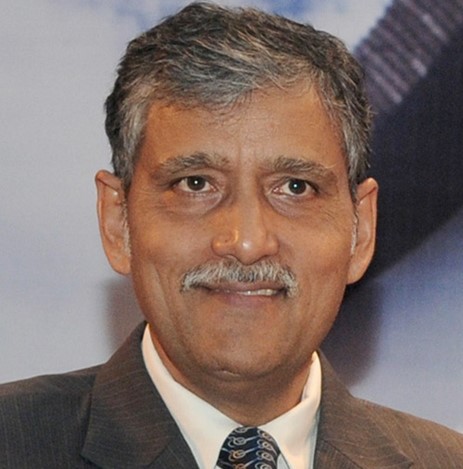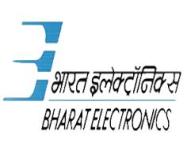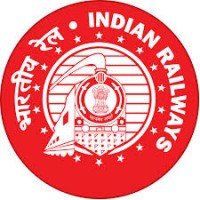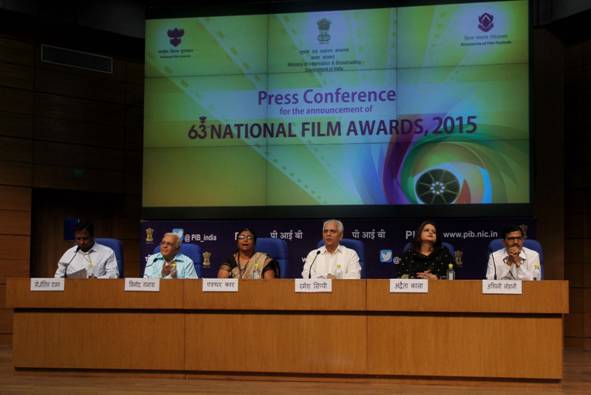Despite increased understanding of heart disease risk factors and the need for preventive lifestyle changes, patients suffering the most severe type of heart attack have become younger, more obese and more likely to have preventable risk factors such as smoking, high blood pressure, diabetes and chronic obstructive pulmonary disease, according to a study scheduled for presentation at the American College of Cardiology’s 65th Annual Scientific Session.
The new study analyzed heart disease risk factors among more than 3,900 patients who were treated for ST-elevation myocardial infarction, or STEMI–the most severe and deadly type of heart attack–at Cleveland Clinic between 1995 and 2014.
“On the whole, the medical community has done an outstanding job of improving treatments for heart disease, but this study shows that we have to do better on the prevention side,” said Samir Kapadia, M.D., professor of medicine and section head for interventional cardiology at Cleveland Clinic and the study’s primary investigator. “When people come for routine checkups, it is critical to stress the importance of reducing risk factors through weight reduction, eating a healthy diet and being physically active.”
A STEMI heart attack results when one of the heart’s main arteries becomes completely blocked by plaque, stopping the flow of blood. Immediate medical attention can increase the chances of survival, but STEMI carries a high risk of death and disability.
Many factors are known to increase a person’s heart attack risk. While some, such as age and family history, are beyond the individual’s control, many risk factors can be reduced through lifestyle choices, such as exercising more, quitting smoking and adopting a heart-healthy diet.
The researchers divided the records of Cleveland Clinic’s STEMI patients from 1995 to 2014 into four quartiles, each representing a span of five years. Analyzing the baseline risk factors and health conditions of patients in each grouping, they found the average age of STEMI patients decreased from 64 to 60, and the prevalence of obesity increased from 31 to 40 percent between the first five-year span and the last five-year span. The proportion of patients with diabetes increased from 24 to 31 percent, the proportion with high blood pressure grew from 55 to 77 percent, and the proportion with chronic obstructive pulmonary disease rose from 5 to 12 percent over the same period. All changes were statistically significant.
One of the most striking findings, according to study authors, was the change in smoking rates, which increased from 28 to 46 percent–a finding counter to national trends, which reflect an overall decline in smoking rates over the past 20 years. All of the other risk factor trends seen in the Cleveland Clinic study were in line with national trends.
The study also revealed a significant increase in the proportion of patients who have three or more major risk factors, which grew from 65 to 85 percent. Kapadia said the findings carry strong messages for both the medical community and the general public.
“Prevention must be kept in the forefront of primary care,” Kapadia said. “Cardiac health is not just dependent on the cardiologist. The primary care physicians and the patient need to take ownership of this problem.”
For patients, taking ownership means adopting a heart-healthy lifestyle early. “Don’t wait until you have a diagnosed heart problem to start taking care of yourself and paying attention to your lifestyle and dietary choices. You should be working hard to avoid developing heart disease in the first place,” Kapadia said.
One caveat to the study is that because helicopter transports brought a greater number of patients to Cleveland Clinic from surrounding rural areas during the course of the study period, it is possible that the observed trends reflect changes in the hospital’s patient population. Study authors said this factor is likely to have had only a minor effect, if any.
Source: American College of Cardiology(science)


